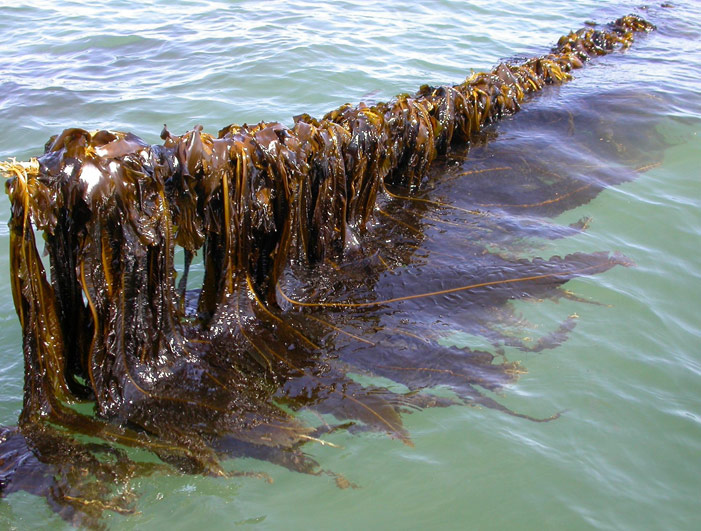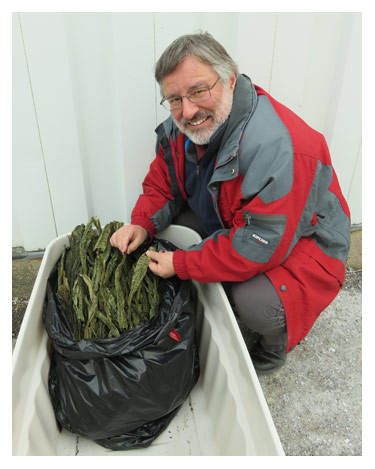Seaweeds could be the key to Parkinson s disease cure researchers find
Author: Communications
Posted on Mar 28, 2017
Category: UNB Saint John

Seaweeds could hold the key to a cure for Parkinson’s disease, says a researcher at the University of New Brunswick.
Thierry Chopin, a professor of marine biology and scientific director of the Canadian Integrated Multi-Trophic Aquaculture Network based at UNB Saint John, was one of the authors of a study published recently in the journal Neuroscience Letters.
The emergence of Parkinson’s disease is linked to the misfolding of the protein α-synuclein. The researchers found that an extract from the brown seaweed Alaria esculenta can prevent this conversion and, therefore, could be useful in avoiding the onset of the disease or delaying its progress.

Dr. Chopin says the work was possible because of the strengths and diversity of the research team from UNB Saint John, Dalhousie University and the National Research Council in Halifax.
“What made it possible was our complementary interdisciplinary team: knowledge in the physiology and biochemistry of seaweeds, being able to grow them, and being able to conduct the right suite of assays to make the demonstration of the properties of our extract.”
Dr. Chopin says the way the project started was most interesting. “We started thinking along the following lines: the north Atlantic Ocean is a largely unexplored resource in terms of organisms that have adapted to live in cold and variable environments – these seaweeds have to survive at low tide -25 °C in the winter and +25 °C in the summer. These are situations known to challenge protein folding. Therefore, they should be ideal for the discovery of molecules that prevent toxic protein misfolding.”
Eventually, that led them to Alaria esculenta, or winged kelp, a cold temperate north Atlantic species that can be found in the Bay of Fundy. It is a brown seaweed, though less abundant than other kelps. However, Dr. Chopin’s lab at UNB has been cultivating kelps since the year 2000.
He sees tremendous potential in the Bay of Fundy.
“We have the right species of seaweeds and the right conditions to cultivate them. However, we need the aquaculture industry to diversify beyond fish and the appropriate regulations to allow this diversification. We cannot continue to read how ‘Seaweeds are the next superfood’ and do nothing with such a rich resource right in our own backyard,” he says.
“Worldwide seaweed production is 27.3 million metric tonnes – worth $5.6 billion U.S.,” he says. “However, it is mostly an Asian story, with more than 97 per cent produced by China, Indonesia, the Philippines, the Republic of Korea, Japan and Malaysia. Hopefully, as people in the western world realize more and more the benefits of seaweeds for them and the environment, we will see the emergence of this sector right here.”
Media contact: Heather Campbell
Photo 1: Brown seaweed Alaria esculenta cultivated at an Integrated Multi-Trophic Aquaculture (IMTA) site in the Bay of Fundy. Photo credit: Thierry Chopin.
Photo 2: Dr. Thierry Chopin with samples of dried Alaria esculenta. Photo credit: Constanza Chianale.
